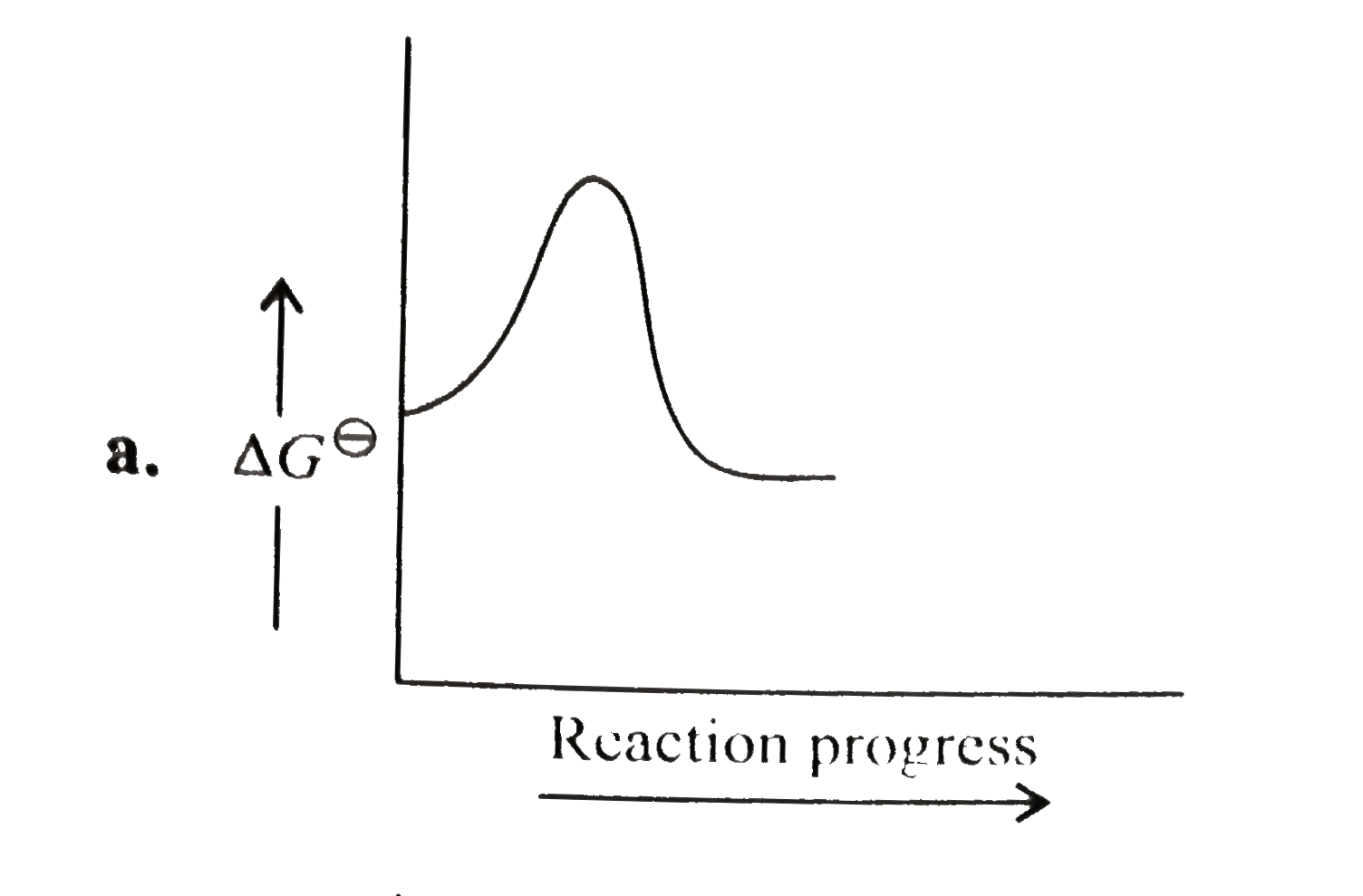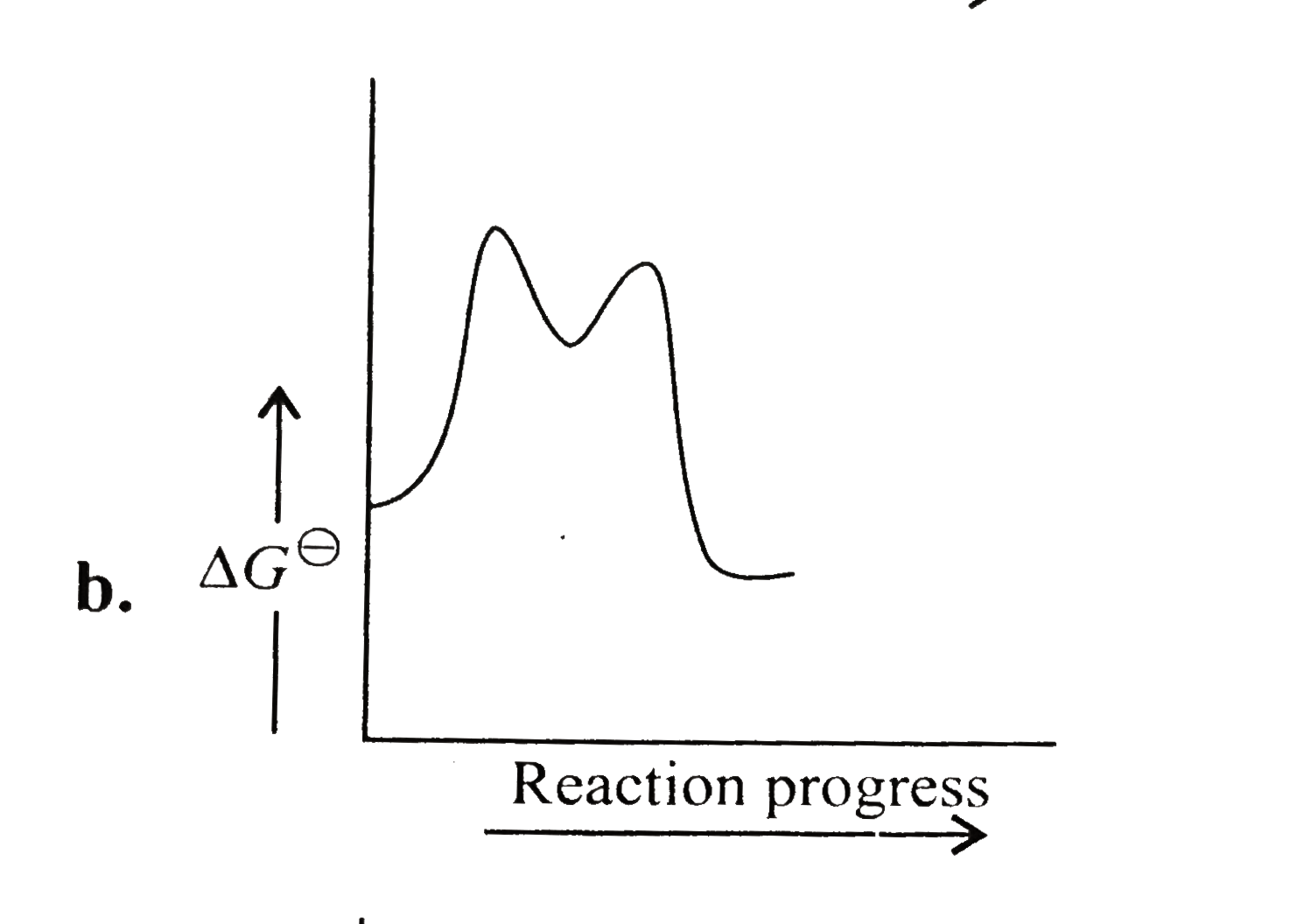For the chemical reaction
Iɵ+OClɵ→Clɵ+OIɵ
Rate =k[OClɵ][Iɵ][ɵOH]
a. What is the order and moleculartiy of the reaction ?
b. In the above reaction, what are the molecularity and order with respect to
Video Solution
Text Solution
(a) Rate =k[OClɵ][Iɵ]ɵ[OH]
Order of reaction =1+1−1=1
Molecularity of reaction =1+1=2
b. Molearity w.r.t. [ɵOH]=0
Order w.r.t. [ɵOH]=−1
|
Updated on:21/07/2023
Topper's Solved these Questions
- BOOK - CENGAGE CHEMISTRYCHAPTER - CHEMICAL KINETICSEXERCISE - Solved Example52videos
CHEMICAL KINETICS
- BOOK - CENGAGE CHEMISTRYCHAPTER - CHEMICAL KINETICSEXERCISE - Ex 4.1 (Objective)9videos
CHEMICAL KINETICS
- BOOK - CENGAGE CHEMISTRYCHAPTER - CARBOXYLIC ACIDS AND THEIR DERIVATIVESEXERCISE - Exercises Archives (Analytical And Descriptive)34videos
CARBOXYLIC ACIDS AND THEIR DERIVATIVES
- BOOK - CENGAGE CHEMISTRYCHAPTER - COORDINATION COMPOUNDSEXERCISE - Archives Subjective18videos
COORDINATION COMPOUNDS
Similar Questions
Knowledge Check
- Question 1 - Select One
In the molecularity and order with respect to [ɵOH] is
A0,1B0,−1C1,0D−1,0 - Question 2 - Select One
For the reaction, R−XSlow−−→R⊕+X⊕,
R⊕+ɵOHFast−−→ROH
Which type of reaction coordinate diagram represents the above reaction mechanism?A B
B C
C Dd. This is SNl reaction where no tranistion state will be present
Dd. This is SNl reaction where no tranistion state will be present - Question 3 - Select One
The order of reaction is an experimentally determined quanity. It may be zero, poistive, negative, or fractional. The kinetic equation of nth order reaction is
k×t=1(n−1)[1(a−x)n−1−1an−1] …(i)
Half life of nth order reaction depends on the initial concentration according to the following relation:
t1/2∝1an−1 ...(ii)
The unit of the rate constant varies with the order but general relation for the unit of nth order reaction is
Units of k=[1Conc]n−1×Time−1 ...(iii)
The differential rate law for nth order reaction may be given as:
dxdt=k[A]n ...(iv)
where A denotes the reactant.
For a reaction:
Iɵ+OClɵ→IOɵ+Clɵ
in an aqueous medium, the rate of the reaction is given by
d[IOɵ]dt=k[Iɵ][OClɵ][ɵOH]
The overall order of the reaction isA−1B1CZeroD2
What is geometry of ClOɵ2,ClOɵ3 and ClOɵ4 ions?
View SolutionWith what neutral molecule is ClOɵ isoelectronic Is that molecule a Lewise Base?
View SolutionFor the reaction
2Fe2++H2O2→2Fe3++2ɵOH, the rate of formation of Fe3+ is given by
Rate =k[Fe2+][H2O2]. Suggest a mechanism for the reaction and and indicate a probable rate-determining step.View SolutionFor a reaction, I−+OCl−→IO−+Cl− in an aqueous medium, the rate of reaction is given by d[IO−]dt=k(I−[OCl−][OH−]). The overall order of reaction is
View SolutionWhich is the correct order of size ?
(Oɵ,O2−,FɵandF)View Solution

